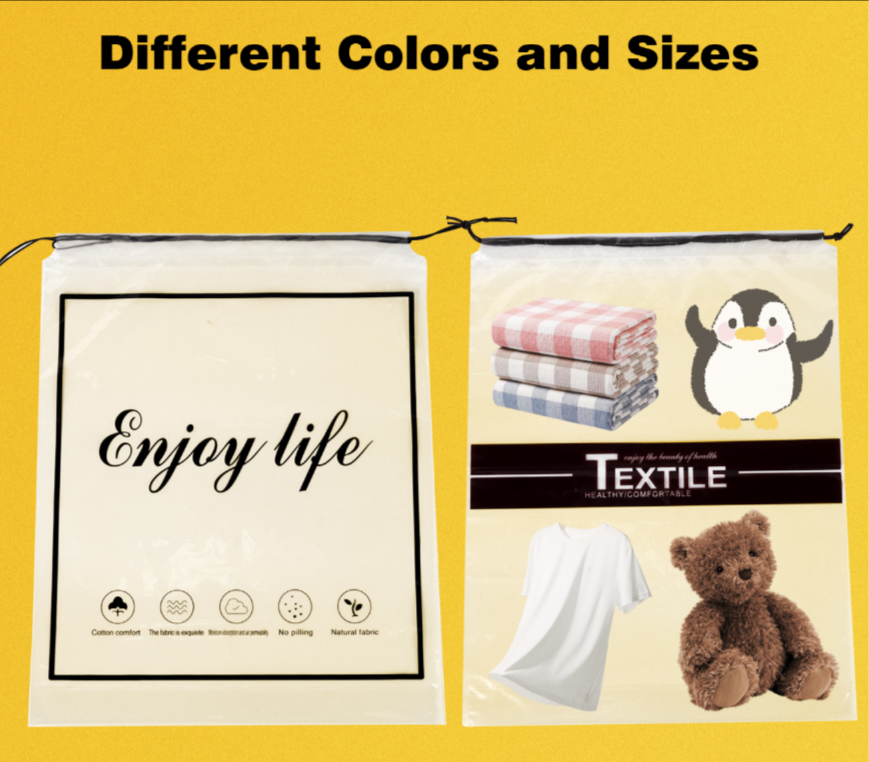Laminated Films for PET and PE Applications in Various Industries
PET PE Laminated Film A Versatile Solution for Packaging and Protection
In today’s fast-paced world, packaging plays a crucial role in product presentation, protection, and sustainability. One of the most innovative materials shaping the packaging industry is the PET PE laminated film. Combining the properties of polyethylene terephthalate (PET) and polyethylene (PE), this type of film offers numerous advantages that make it a preferred choice for various applications.
What is PET PE Laminated Film?
PET PE laminated film is a composite material that consists of a layer of PET laminated to a layer of PE. PET is known for its excellent clarity, strength, and thermal stability, while PE is recognized for its flexibility, moisture resistance, and cost-effectiveness. When combined, these two materials create a film that harnesses the best features of both, resulting in a versatile solution that meets various packaging requirements.
Key Benefits of PET PE Laminated Film
1. Moisture Barrier Properties One of the significant advantages of PET PE laminated film is its superior moisture barrier. This characteristic is crucial for preserving the freshness of food products and preventing spoilage. The PET layer provides a tough barrier against moisture, while the PE layer adds flexibility and heat sealability, ensuring an airtight seal.
2. Durability The lamination process provides enhanced durability compared to single-layer films. The robust nature of the PET layer helps protect the product from external factors like UV light, mechanical stress, and environmental pollutants, making it ideal for long-term storage and transportation.
3. Printability The surface of PET PE laminated film is easily printable, allowing for high-quality graphics and branding. Companies can utilize this attribute to create visually appealing packaging that effectively communicates product information and attracts consumers’ attention.
4. Sustainability With growing concerns about environmental impact, PET PE laminated film offers a more eco-friendly alternative to traditional packaging materials. The film is recyclable, and advancements in technology are making it easier to recycle laminated films. Additionally, the durability of the product reduces waste by extending the shelf life of packaged goods.
pet pe laminated film

5. Versatility PET PE laminated film is suitable for a wide array of applications, including food packaging, medical supplies, consumer goods, and industrial products. Its properties can be tailored to specific needs, such as varying thickness levels and adhesive choices, making it a customized solution for different industries.
Applications of PET PE Laminated Film
1. Food Packaging PET PE laminated film is extensively used in the food industry for packaging snacks, frozen foods, and perishable items. Its moisture barrier properties help maintain freshness and prevent contamination.
2. Pharmaceuticals In the pharmaceutical sector, the film is used for packaging medical devices and supplies, where sterility and protection from moisture are paramount.
3. Industrial Packaging This film is also utilized in industrial applications for packaging chemicals and hazardous materials due to its resistance to punctures and tears.
4. Consumer Goods PET PE laminated film is favored in packaging consumer products like vitamins, cosmetics, and cleaning supplies—where visual appeal and protection are important.
Conclusion
The development of PET PE laminated film has significantly impacted the packaging industry, offering an effective, versatile, and sustainable solution for various applications. With its combination of moisture resistance, durability, printability, and eco-friendliness, this laminated film stands out as a preferred material for packaging in our increasingly environmentally-conscious world. As technology continues to advance, PET PE laminated film is poised to play an even more crucial role in shaping the future of packaging. Whether for food, pharmaceuticals, or consumer products, this innovative film is set to meet the demands of modern packaging needs and consumer expectations.
-
The Best Uses for Small Trash Bags in Daily LifeNewsJul.01,2025
-
Stylish Reusable Grocery Bags TrendsNewsJul.01,2025
-
Shipping Advantages of Using Bubble Envelopes BulkNewsJul.01,2025
-
How Compostable Mailing Bags Reduce Environmental ImpactNewsJul.01,2025
-
Environmentally - Friendly Bulk Poly MailersNewsJul.01,2025
-
Eco Friendly Custom Laminated Tote BagsNewsJul.01,2025
-
Have the freedom of customizing your custom mailers any way you want! Our dedicated packaging support will help deliver you the mailing experience you need to elevate your shipping experience to the next level! Start making a strong impression on your customers and stand out from your competitors! -
LIYA uses high quality raw materials which directly purchased from large enterprises domestic and overseas such as PetroChina, Sinopec, Sabic, Equate, ExxonMobil, Dow Chemical, Total, and Borouge, ensuring the price advantage and quality of the raw materials. -
LIYA uses high quality raw materials which directly purchased from large enterprises domestic and overseas such as PetroChina, Sinopec, Sabic, Equate, ExxonMobil, Dow Chemical, Total, and Borouge, ensuring the price advantage and quality of the raw materials.





